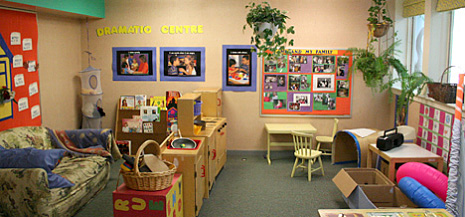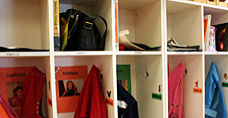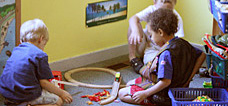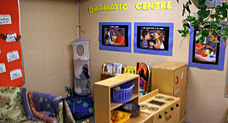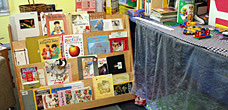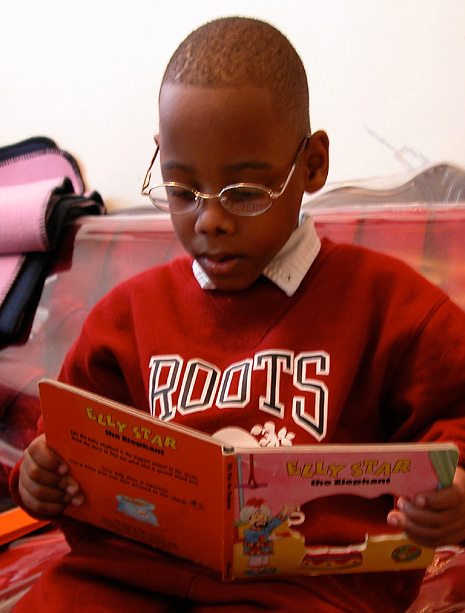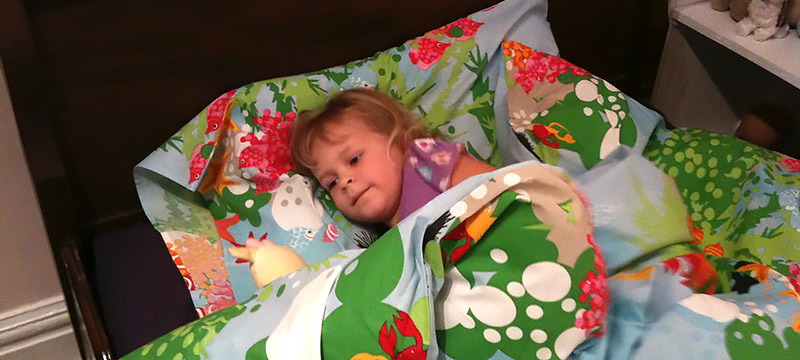Activities that develop and build on children’s self-esteem are important in helping children learn who they are. Role play, including acting out scenarios to problem solve, story making through dramatic play and practice in coping with real life situations will support children’s social-emotional growth and development. Role play will give children the skills to handle problematic social interactions, such as bullying, which may happen as they progress through life.
When children engage in role playing it helps to develop their way of thinking and helps them to develop feelings of empathy. When children are given the opportunity to role play skits/scenarios they will be able to experience the role of bully, victim, and bystander. They will also learn how to help others who are being bullied and how to avoid bullying.
A way for you to introduce the concept of role playing using the topic of bullying would be to develop several scenarios for the children to follow. Select situations that you have observed occurring. You can write the scenarios or use the social scripts available in the Bullying Workshop until the children develop a general comfort level and can write their own. Have the children develop scenarios from their own experiences. The children can write a skit or scenario about a distressing situation having to do with bullying whether the focus is on the bullies, victims or bystanders. Every one of the skits/scenarios should be recorded and presented in a way where the individuals who wrote them are anonymous. For example, have the children jot the ideas down on a piece of paper, hand them in, rearrange them and hand them out again. When these ideas are shared anonymously the children will begin to learn that others have shared the same experiences.
When encouraging opportunities for children to role play regarding bullying:
Prepare and introduce the subject. Educate children on bullying by talking about bullies, victims, and bystanders before introducing the activity. You can refer to the document titled Educating Children about Bullying for ideas about introducing the topic of bullying to children in your group.
Arrange the room in a way where all children can be effective contributors to the role play activity. This may involve moving tables and chairs to create a more open space for greater participation.
Model the first scenario by taking part yourself with two other children who would be most comfortable with performing in front of the group. This will give the children an idea of how to start off. Use specific scripts at first and practice at least once in the beginning.
Define roles (bully, victim, bystander) and situations (see scenario examples below). Once the group is ready to ad-lib the skits and practice problem solving you no longer need to provide them with prewritten scripts.
Make it realistic and fun by using phrases such as “Action!” to begin the role play, “Freeze!” to have the children stop to discuss the situation as a group, and “Cut!” to end the dialogue.
Small groups allow all the children to have a turn in role playing. It will give all children a chance to act out their feelings and ideas. Smaller groups are also great for children who may be more reluctant to share their ideas in a larger group setting.
Keep it short for the first few times the children participate in the activity. This will provide an opportunity to discuss the main points.
Reverse roles played by the children to allow the children to experience and therefore identify with the roles played (bully, victim and bystander). Ensure that children who tend to bully have a chance to experience the role of the victim.
Change groups to allow the children to discuss different points of view and build on ideas.
Expect noise. Children will become excited, laugh and possibly raise their voices. Provided this excitement is because of the task at hand, allow this to take place. It will create genuine feelings and ideas if the children are given the opportunity to establish realistic scenarios.
Praise all efforts. Provide specific positive feedback such as, “I like the way you stood up to the bully and told her to leave you alone”.
Coach the children through skits, if necessary. Coaching the children may involve asking questions about feelings, problems, solutions, obstacles (e.g., “Why do you think he was not comfortable enough to deal with the bully himself?”), body language (e.g., “Johnny had his arms crossed when you were talking to him. What do you think that means?”) and more.
Construct questions for the children to think about as the role plays are happening. Some questions may include: How do you feel when this happens to you? How do you think your friends feel when they are bullied? What kind of things do you think will help to stop bullying? The children think about these questions both generally and as they relate to the scenarios that are being role played.
Scenario Examples:
- Janet is making fun of your name.
- Tony wrote all over your paper with a red pen.
- Rahman says that no girls can play in the block centre.
- Asia is trying to take your snack again.

